Mark Underwood explores the pros and cons of making your own ammo, as well as the factors to consider if you are considering getting into reloading your own bullets
For anyone who shoots centrefire rifles, there comes a time when the subject of loading your own ammunition comes to the fore. It might be because the cost of factory ammunition has become an issue, or because you cannot get a reliable supply of ammunition in your chosen calibre, or simply because you want to add a further aspect of interest to the sport. Some people do, of course, choose to stick with factory ammo. But for those who want to consider taking to reloading their own ammo, you’ll need to know what exactly is involved and whether this dark art is for you!
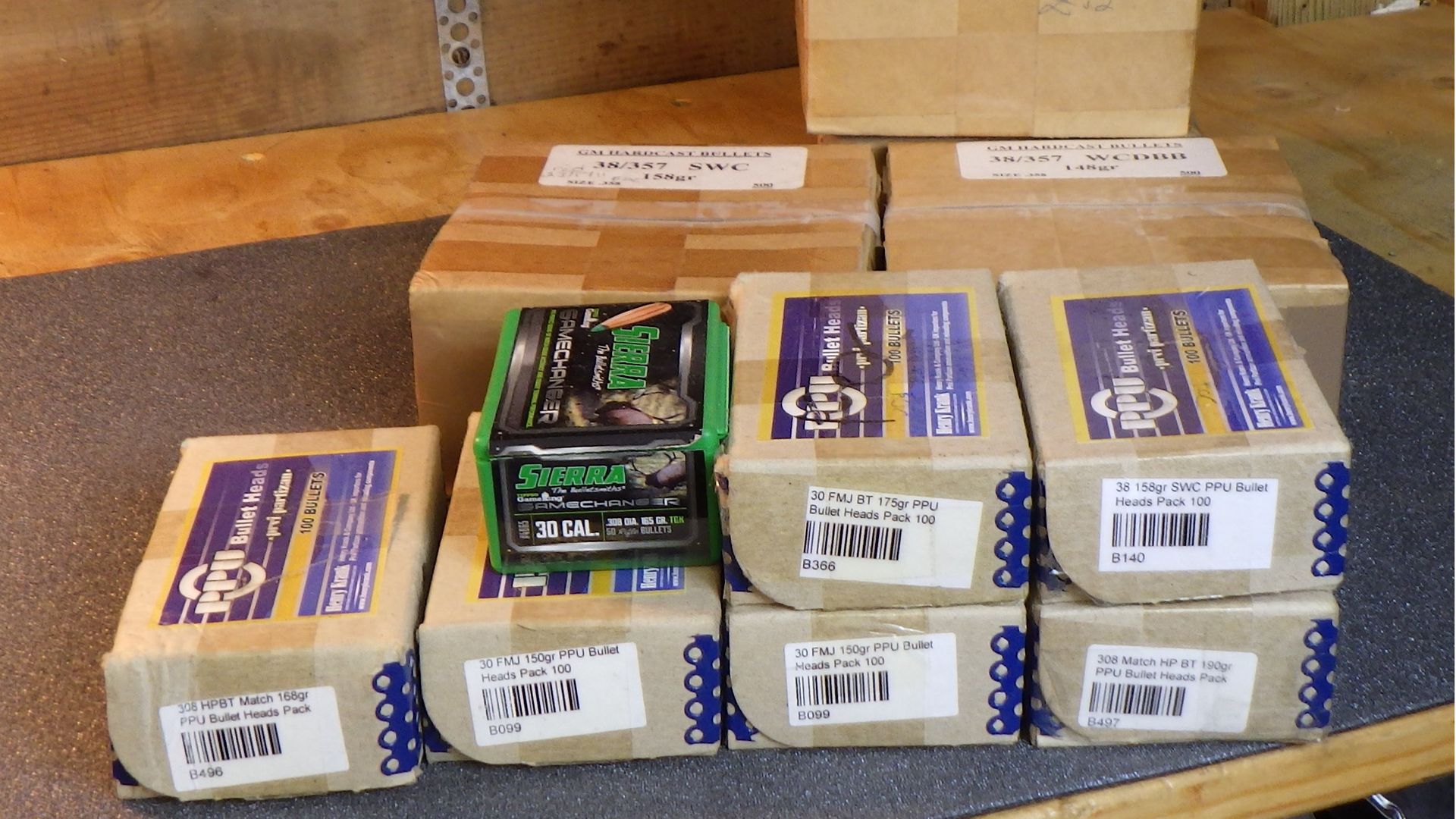 credit: Archant
credit: Archant
Is making your own ammo cheaper than buying?
There is no doubt that factory ammunition has become very expensive, with some rounds costing well over a pound each, so finding cheaper alternatives is something most of us would want to achieve.
You can make your own ammo cheaper, with the size of the saving depending on calibre and bullet types. But just like factory ammo, the cost of components has also skyrocketed over the last few years. We will take a more detailed look at the cost of making your own rounds in a future article, but as an example of the potential savings you can make, a .308 Winchester homemade load generates a saving of around £0.20 per round, compared to a factory-made equivalent, .
This may not sound a lot, but if you load up 100 rounds in a session, that’s a £20 saving! You will have to offset this against the cost of your reloading equipment, but you can be confident that it will pay for itself
pretty quickly.
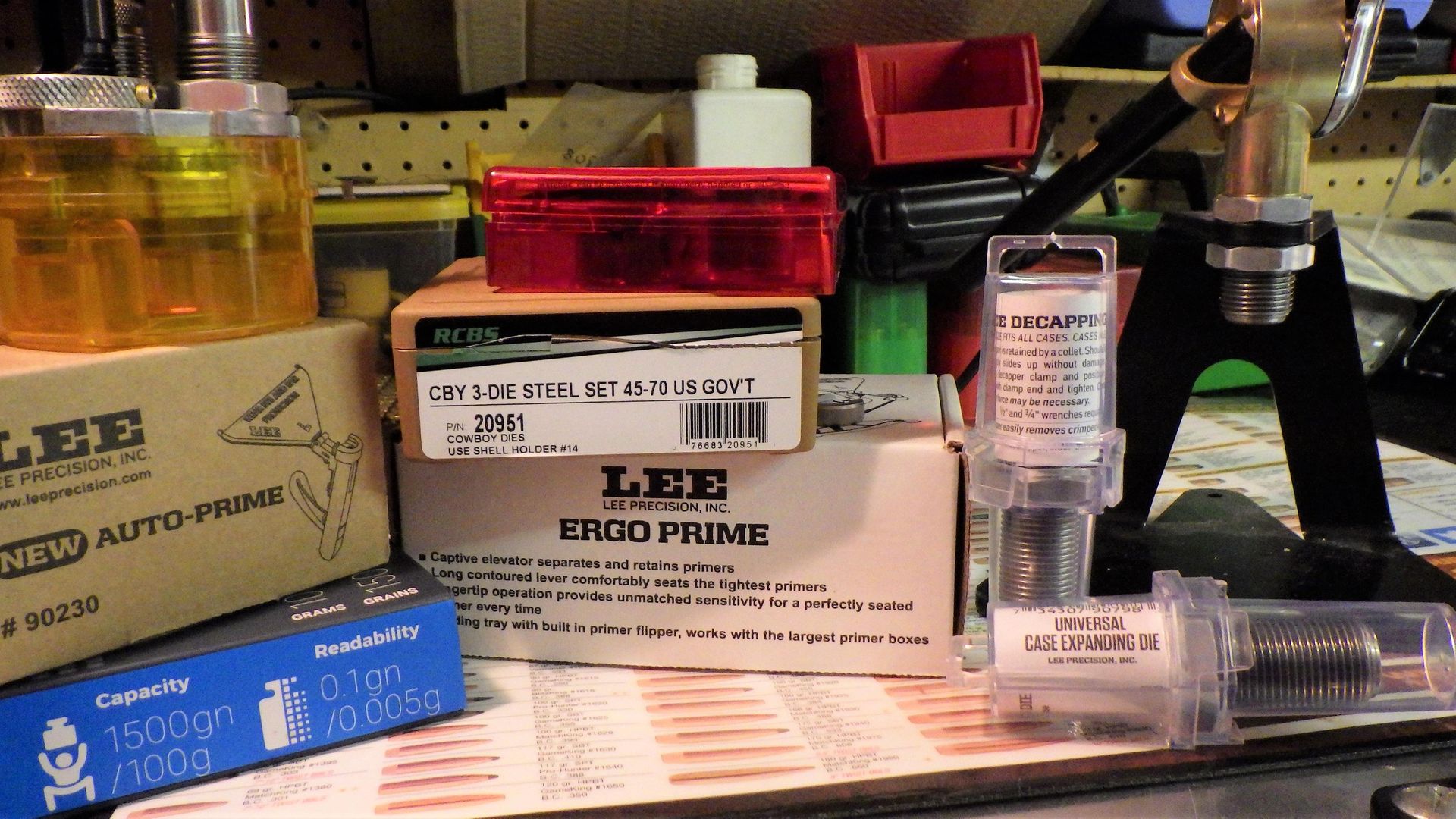 credit: Archant
credit: Archant
Educate yourself on reloading before buying any kit!
If you are going to start reloading, despite what you might be thinking, the equipment is NOT the first thing you should go out and buy. You should definitely hold off on blowing your cash on a reloading set-up. Instead, you should buy yourself a decent reloading manual.
Educating yourself on the subject will not just help you choose the right equipment, but it will also make sure you are aware of other important issues, like safety. The Lee Precision Modern Reloading (second edition) by John Lee is an excellent book, laid out to take you through all the stages of the reloading process, covering equipment, the different stages of reloading and, of course, safety. Although biased in favour of their own equipment, Lee’s book covers the whole subject extremely well.
All of the smokeless powder manufacturers also offer reloading data in both paper form and online. This information is invaluable to anyone new to reloading. A word of caution: if you are looking at ‘unofficial’ articles and advice online relating to reloading, people can pretty much post anything they want on the internet, with nothing to stop them posting dangerous or untested reloading data. So, only use officially published data from trustworthy sources, just in case.
It is also worth talking to someone you know who already loads their own ammunition. They can give you an opinion on the pros and cons of reloading, as well as how beneficial they have found it.
There are some great instructional videos available to watch online, with Lee Precision producing a video for almost all of their current range of products. They are well worth a watch!
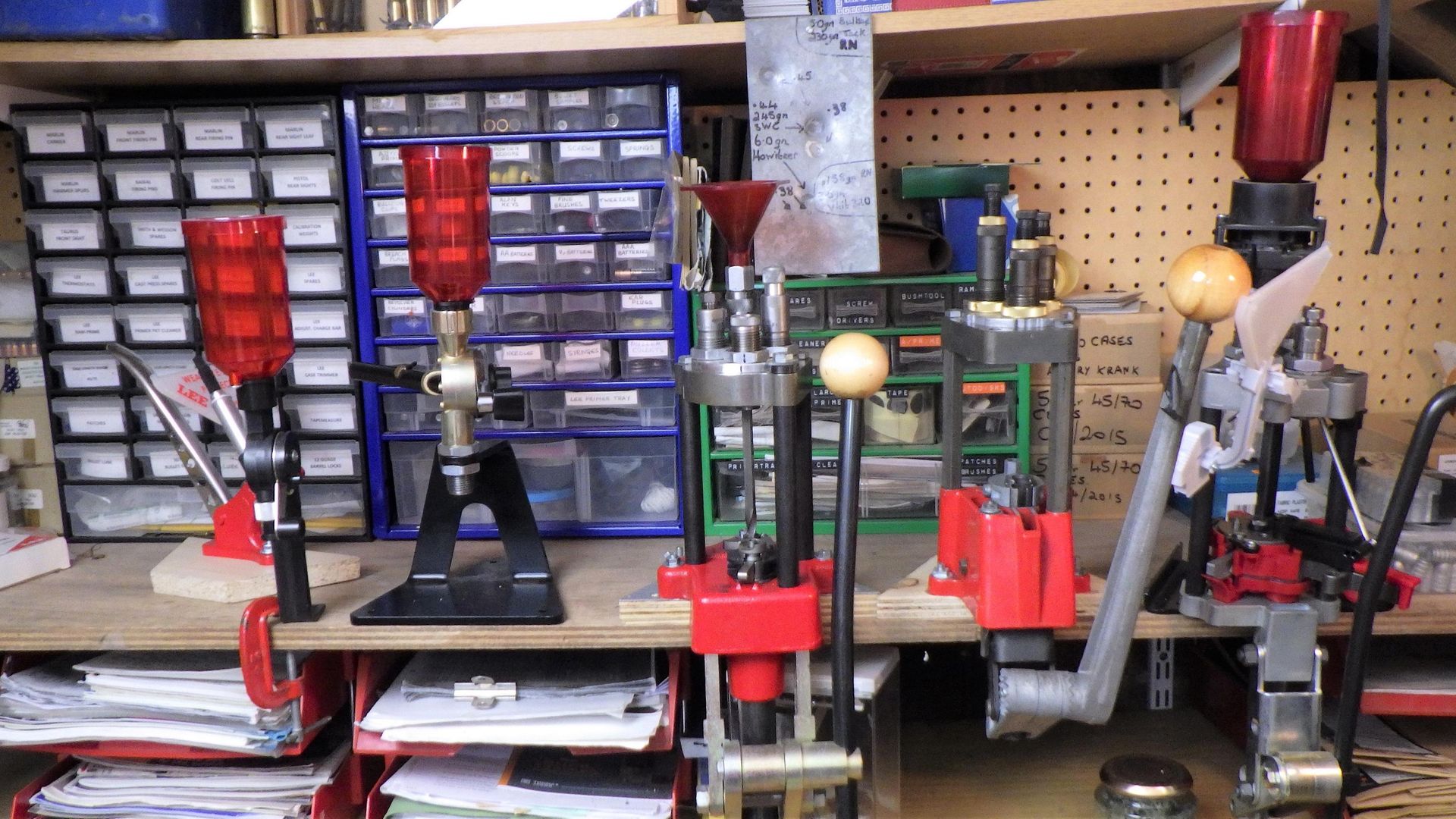 credit: Archant
credit: Archant
Where to set up your reloading station
Reloading is not something you can really do on the corner of the kitchen table. You really need a dedicated area where you can safely store volatile components, such as powder and primers, and work undisturbed. You also need a solid and stable surface to attach your press to, and on which you can use your powder scales without it being disturbed.
If possible, you are much better off having a reloading bench permanently set up because setting it up from scratch each time can be pretty time-consuming.
You also need to give careful consideration to ammo storage because once you start making your own, you might end up with more than you are used to having ‘in stock’.
A lot of gun cabinets have a small inner compartment for ammunition, but they tend to be too small to hold a lot. You MUST be capable of storing what you make, and you must not make more than you are authorised to hold on your FAC, as homemade rounds are subject to the same conditions as those purchased from a shop.
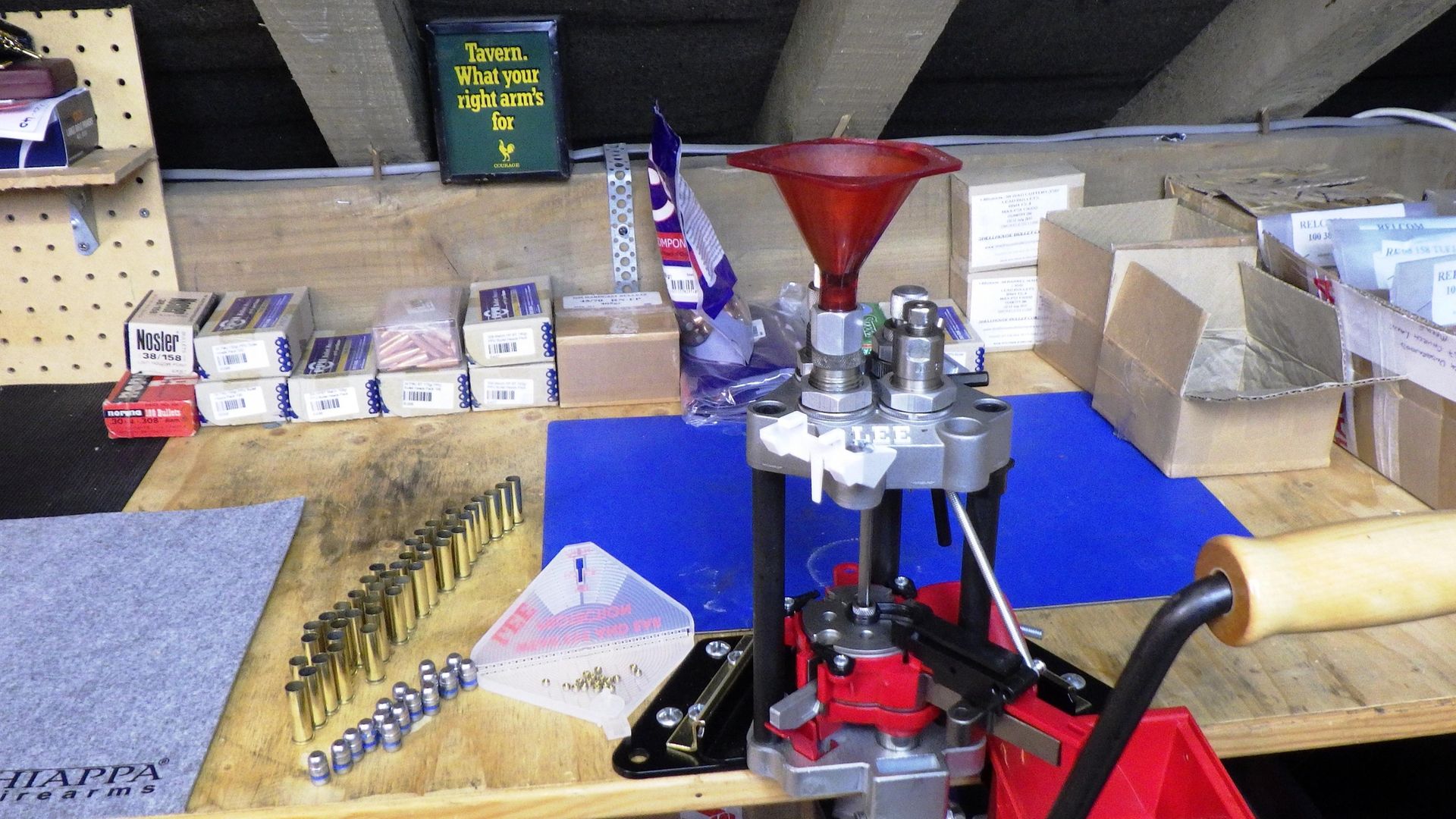 credit: Archant
credit: Archant
Safety considerations when reloading bullets
Like so many things in life, reloading is perfectly safe, as long as you do it right. The first and most obvious safety consideration when reloading is that powders and primers should be safely stored, separate from each other. Important too is that your equipment is kept out of the way so that it cannot be knocked or moved out of correct adjustment.
Modern smokeless powders will burn rather than explode if ignited in the open – still a dangerous thing to happen, but not as dangerous as a stick of dynamite. Primers can be detonated if struck or crushed during the reloading process. But if this happens, it is usually down to a user error and completely avoidable.
The second safety aspect of reloading is, of course, the safety of your finished rounds. You MUST follow published reloading data and the instructions that come with your reloading equipment. Also check that your completed rounds are the correct overall length.
Safety is a subject that we will touch on again and again to underline how important it is. The wearing of safety goggles is recommended in most of the instruction leaflets that come with reloading gear. It is a recommendation you should follow, ALWAYS.
By far the biggest safety feature you can add to your reloading is established confidence, and that comes with practice. But a decent pair of protective glasses won’t do any harm either!
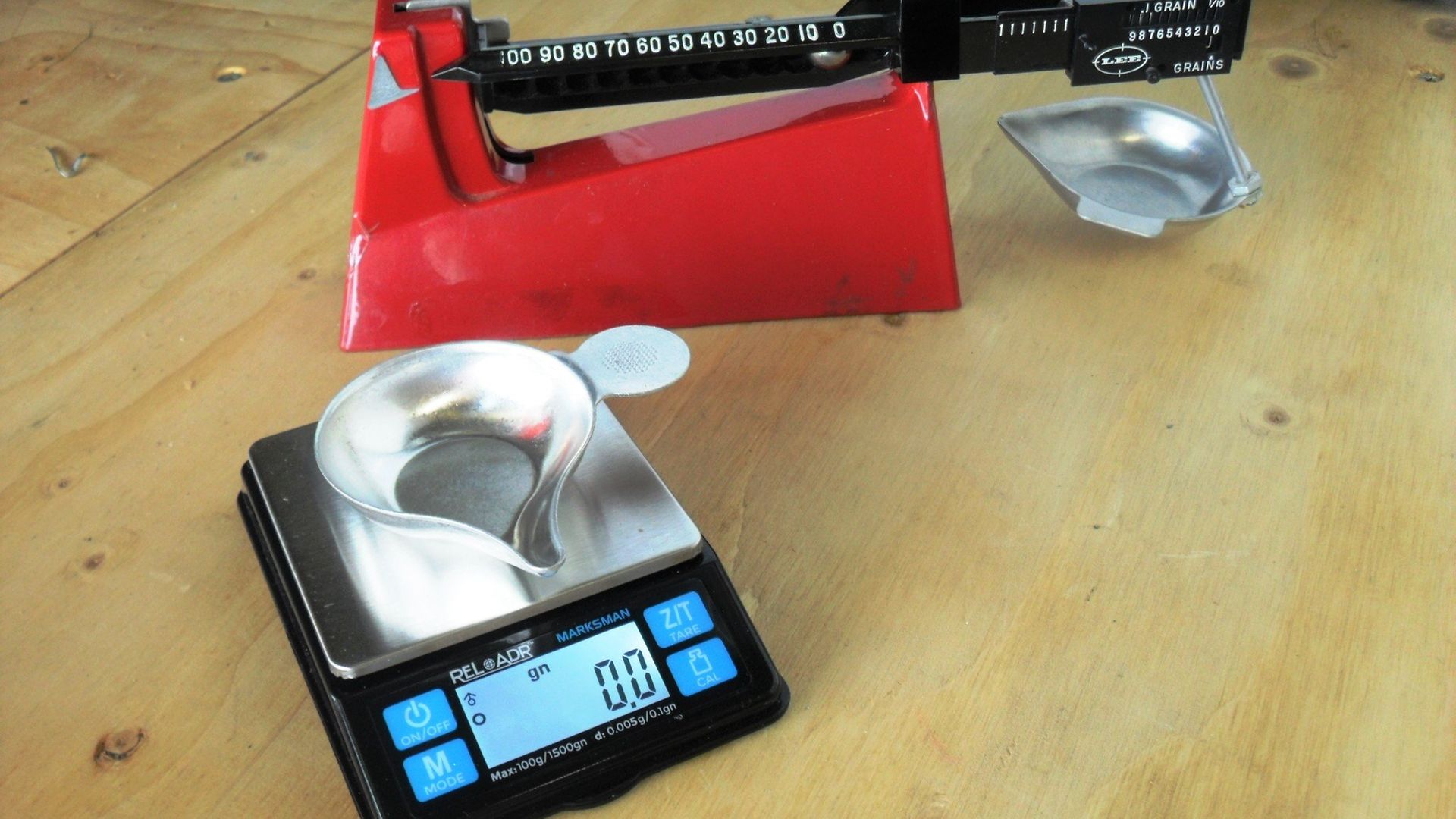 credit: Archant
credit: Archant
What equipment will I need for reloading?
When it comes to reloading equipment, you will find that there is a huge range to choose from, and everyone has their favourite brand and type of press. Most retailers tend to only stock one make of press, so you should maybe consider which brand you might prefer, and then find a shop that stocks it.
The actual presses vary from the basic single-stage models through to the fully automated progressive units that throw out a complete round with every pull of the handle. The vast majority of reloaders start with a single-stage press, which allows them to practise each step in the reloading process, but soon move on to a more complex press for speed and convenience.
Just how far you go, in terms of automation, is up to you. But the further up the scale you go, the more complicated and problematic the presses can become. A lot of reloaders who use the top-of-the-range presses experience malfunctions and breakages pretty often.
There are semi-automated turret-type presses which can be set up and used as a single-stage press to start with, before you engage the automation later, once you have mastered the individual stages of reloading.
We will explore the actual equipment in the next article, considering what the best way to start is, and how to budget for your full set-up. The press is just one part of the reloading set-up. There are a lot of other bits to consider.
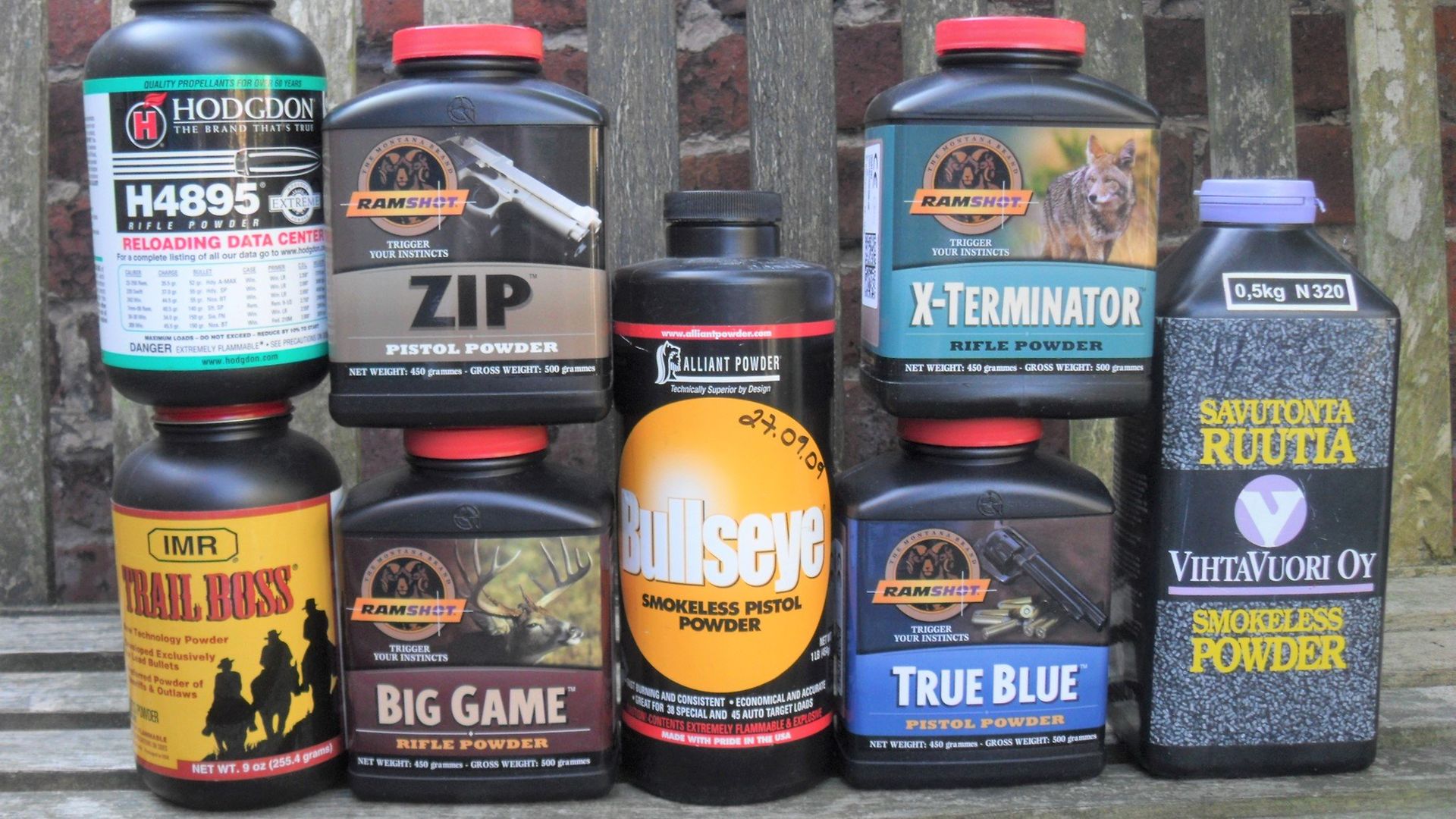 credit: Archant
credit: Archant
Which reloading components are best?
In common with reloading equipment, there are also many makes of components to choose from, with all of the established ammunition manufacturers also selling their bullets on their own. Cases come from several different producers, the quality of which does vary.
There are not so many powder and primer brands to choose from. Most retailers carry a particular one, so it is often just a case of buying what is available. When buying powder, you need to ensure it is suitable for your chosen calibre, and that you get reloading data to go with it.
How much you spend on components will affect how much cheaper your own ammo is. There is a balance to be found between value and quality. Of all the components, it is the cases that are the only reusable elements of your ammunition, so it is worth spending a bit more on them.
Better cases will last longer. And because the cost of cases is spread over the number of uses you get out of them, the more times you can reload them, the more you are saving, compared to when using factory rounds.
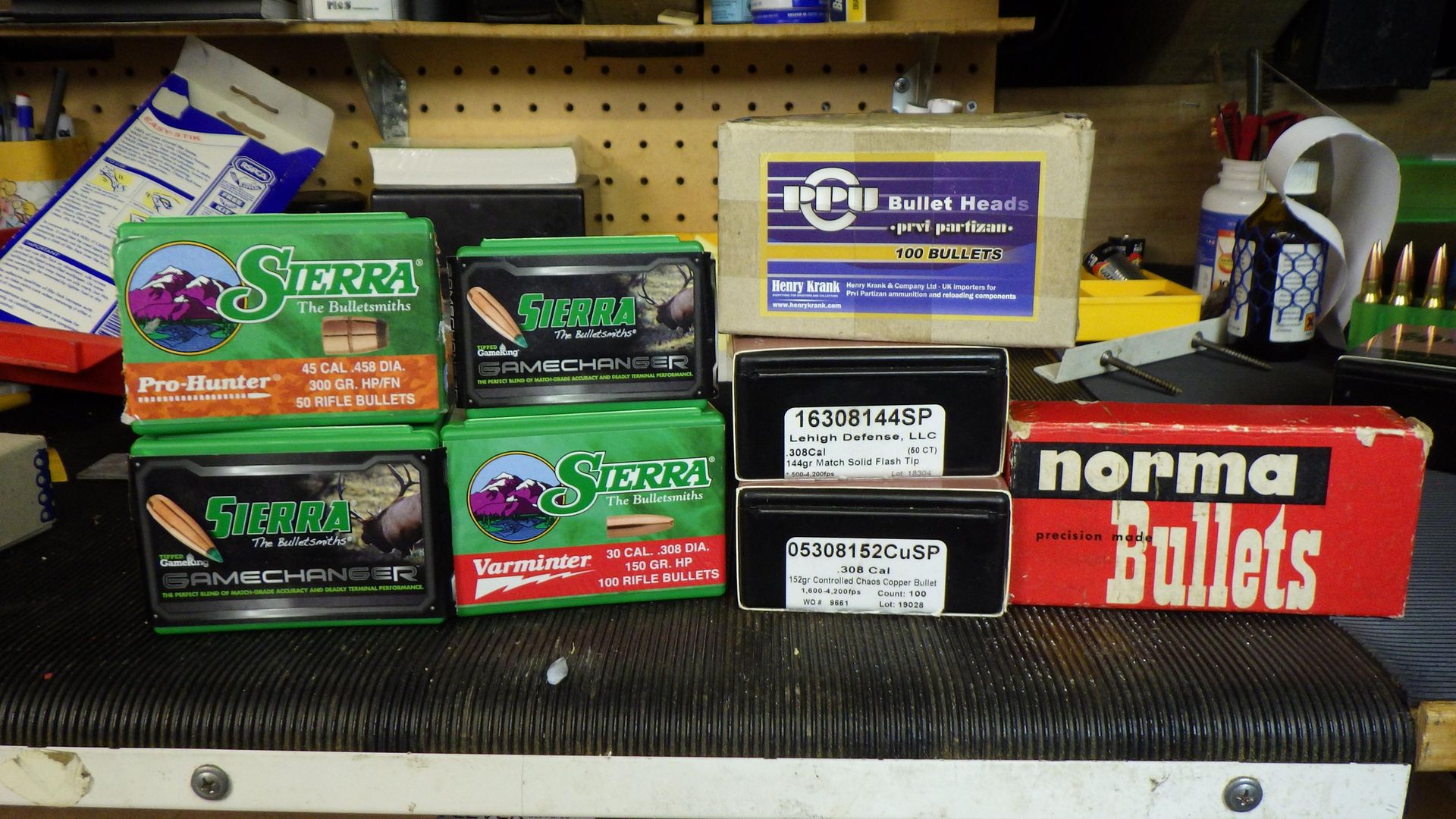 credit: Archant
credit: Archant
Start by copying a factory round
A good place to start reloading is to try to copy a factory round that you have been using that performs well in your gun. You will already have the cases, assuming you have kept them after you have fired the factory rounds, and you will know the weight, shape and type of bullet from the box the ammo came in.
Finding out what powder and primers a particular ammunition-maker uses can be a lot more challenging. This is where published reloading data comes in, matching your chosen bullet and calibre to something similar in the published data.
Occasionally, another shooter might let you try some of his reloads, which can save you a lot of time in trying to find a load that works for you. But there are a couple of things to take into account.
Firstly, only accept ammo from a very trustworthy contact who shoots exactly the same calibre as you and knows his stuff. The last thing you want to do is end up being a guinea pig for someone else’s dodgy loads.
Secondly, someone else’s rounds might work perfectly well in their gun, but just not shoot so well in yours. This is not unusual, and is nothing to be concerned about; it is just that guns are very individual. Some are particularly picky about what will and won’t perform well in them.
Is reloading right for you?
Reloading is a very interesting and rewarding hobby in its own right. And despite the words of caution above, it is perfectly safe, as long as you do it correctly and wear the necessary safety gear.
Being able to custom-make ammunition to get every last ounce of accuracy out of your gun is what drives most reloaders. Once you’re hooked, this endless quest will keep you experimenting for as long as you are shooting. We all end up with our ‘pet loads’ that we often return to. But then another bullet or a different powder will come along, and the quest begins once more.
Saving money can also be a prime motive to reload – and the consideration that often sways shooters towards reloading is: you can either shoot cheaper ammo, or you can shoot more ammo! And probably the vast majority of shooters that reload fall into the second category, shooting more of their home-grown cheaper ammo and getting far more enjoyment out of it.
Whatever your reason for taking up reloading, it is a great hobby. If we have whetted your appetite for more, then we will take a look at some of the equipment you will need for your first set-up next month.
Useful reloading links
Lee Precision Modern Reloading manual from Reloading UK
www.reloading.co.uk
Lee Precision equipment and access to online demonstration videos
www.leeprecision.com
Henry Krank & Co
www.henrykrank.co.uk